In this article we will focus on different types of CNC mills, lathes and the combination of these.
What is a CNC Machine?
CNC machining stands for computer numerical control and basically means that a machine is controlled by a set of commands from a controller. This code normally comes in the form of a list of coordinates known as G-code. Any machine controlled by this code can be referred to as a CNC machine, be it a milling machine, a lathe or even a plasma cutter.
The movement of CNC machines can be defined by their axes; these are X, Y and Z with A, B & C axes for more advanced machines. The X, Y, Z axes refer to the main cartesian vectors and the A, B, C axes refer to rotation about these axes. CNC machines typically operate in up to 5 axes. Typical CNC machines are listed below.
- CNC Lathe – A lathe works by spinning the material in the chuck of the lathe. A tool is then moved in 2 axes into the work to cut out cylindrical parts. A CNC lathe can create curved surfaces that would be difficult if not impossible on a manual lathe. The tool is usually non-rotating but can also move as in the case of live tooling.
- CNC Mill – A CNC mill is typically used to manufacture flat parts, however more complex machines with more degrees of freedom can create complex shapes. The material is held stationary and the spindle rotates with the tool, which is moved along 3 axes to cut into the material. In some cases the spindle is stationary and the material moves into it.
- CNC Drill – These machines are similar to CNC mills, but they are specially designed to only cut along one axis, i.e. the drill only moves down the Z-axis into the material and never cuts along the X and Y axes.
- CNC Grinders – These machines move a grinding wheel into the material to create high-quality surface finishes. They are designed to take off small amounts of material on hardened metals; they are thus used as a finishing operation.
Subtractive Manufacturing
CNC machining creates parts through subtractive manufacturing. This is basically the process of removing material from a solid billet to eventually get to the desired shape. This can be done via any of the previously mentioned methods like milling, turning, grinding or drilling. Additive manufacturing is the opposite process, in which material is added from nothing to create the part, for example with 3D printers.
Tooling
The tooling does all the cutting work. Tools are typically mounted in a tool holder and loaded into the spindle when needed. Many different types of tools are needed to make a complete part – there is no “one size fits all” approach to manufacturing. The most common tools used in a typical machining set up are listed below.
Mill Tools
- End Mill – An end mill is the most common type of tooling and can typically cut in 3 directions. They come in various styles such as flat, corner radius, roughing, ball and taper to name a few. They are characterised by the number of flutes, helix angles, base material and coating material.
- Face Mill – A face mill is designed to cut across a large surface area, i.e. facing. Its cutting edges are typically on the edge of the tool and the teeth are usually carbide inserts.
- Thread Mill – A thread mill is designed to create threads, it works by rotation around the shank in a helical pattern to cut in the thread shape.
- Slotting Cutter – These types of cutter are used to create t-slots along the length of a part. The tool must enter and exit from an open side of the material due to its geometry.
Lathe Tools
- OD Turning – As the name suggests, this tooling is designed to cut on the outer diameter of the part. It can either take the form of solid tooling that is ground to the required shape, or carbide inserts.
- ID Grooving & Threading – These tools are typically slender to allow them to reach inside the part to bore out the inner diameter after drilling as well as to thread the inside.
- Parting – A parting tool is used to cut off the part as a final operation after all other operations are complete.
- Drilling – These are used to drill out holes longitudinal to the part, the holes still need to be reamed or bored out to reach final tolerances.
Tooling Material
The different tool types can be subdivided into materials. The materials typically used for tooling are listed below:
- High Carbon Steel – These are the cheapest type of machine tool but do not have a long tool life. They also lose their hardness at around 200°
- High-Speed Steel (HSS) – These are more common than carbon steel tools as they have longer tool life and only lose their hardness at 600°C, meaning they can cut at higher speeds.
- Carbide Inserts – Cemented carbide tools are harder than HSS but are less tough and can fracture if not handled correctly. They can withstand temperatures of up to 900°
- Ceramics – These cutting tools are extremely hard and are usually reserved for cutting hard materials at very high temperatures. There are two common variants namely alumina and silicon nitride.
- Cubic Boron Nitride – These tools are ideal for hardened steels and superalloys and have excellent abrasion and thermal resistance.
Pros & Cons of CNC Machining
CNC machining has slowly taken over the manufacturing industry as it is simply more efficient than using manually operated machines. Some of the pros and cons of CNC machines are listed below.
| Pros | Cons |
| Faster than Manual: No human can match the speed, precision and accuracy of a CNC machine. In high production environments, using a manual machine will simply result in financial loss. | Expensive: A CNC machine is an extremely advanced piece of equipment. It is manufactured to very high tolerances and rigidity. This is to allow it to manufacture millions of parts and still produce a quality result. This quality translates directly into cost; the more advanced the machine the higher its cost. |
| Reduced Production Cost: A CNC machine can essentially run non-stop if the loading and unloading of materials and parts is further automated, this means the machine can run overnight with no supervision. Also, one operator can run multiple machines, offsetting higher labour costs. | Higher Skilled Operators: Despite needing fewer operators, a CNC machine requires highly skilled operators, which will result in a higher labour cost. |
| Higher Efficiency: A CNC machine can move from one operation to the next in a fraction of a second. Tool changes can happen very quickly as some machines have a turret with many tools pre-fitted or a tool library that loads a new tool into the spindle when needed. |
Higher Maintenance Costs: Due to the complexity of CNC machines the cost of maintenance is much higher when compared to manual machines. |
Types of CNC Milling and Turning Machines
CNC Milling Machines
- Vertical Machining Centre (VMC) – The spindle in a VMC remains in one position and the table moves underneath it. In some cases the table moves up to meet the spindle or the spindle can move up and down on the Z-axis. These machines are very rigid and can therefore produce highly precise components. They have the disadvantage of a relatively small work area. VMCs can have 3 axes (X, Y, Z), 4 axes (X, Y, Z & A) or even 5 axes (X, Y, Z, A & B).
- Horizontal Machining Centre (HMC) – An HMC is a machine whose spindle is oriented horizontally instead of vertically. These types of machines are ideal for long production runs as they can machine up to 3 times as much as a VMC, provided there is enough work to keep the machine busy. An HMC is also much more expensive than a VMC. A block of material can be fixtured on the bed of the machine while another part is being manufactured. This is why continuous production is possible, as the spindle can easily move to the next block of material that is ready and change out is very quick.
CNC Lathe
A CNC lathe is capable of just machining in two axes with only one chuck. There are various types of CNC lathes as listed below:
- Engine Lathe – This is basically a standard lathe that is relatively versatile. The ‘engine’ in the name is a relic from when lathes used to be powered by pulleys from an engine that was not on the machine. An engine lathe would then be a lathe with the motor on the lathe.
- Turret Lathe – A turret lathe allows for much faster production times as all the required tools are loaded into the turret prior to manufacture. When a new tool is needed it is simply rotated into position.
- Tool Room Lathe – A tool room lathe is used for high precision, low volume work. As the name suggests, these styles of lathes are used to create tools and dies. It is also set up to be highly versatile.
- Speed Lathe – This type of lathe is used primarily for light work, it has a simple setup with headstock, tailstock and tool post.
- CNC Turning Centres – These types of lathes are very advanced and have a wide range of features which include milling, turret tool posts and even a second spindle. There are also both vertical and horizontal turning centres. A horizontal lathe results in all the chips falling away from the part and into the chip conveyor, and a vertical lathe allows gravity to assist when a part is seated into the chuck. Horizontal lathes are easier to automate. It is the application which will determine which style is more applicable.
Materials
CNC machines can handle a wide array of materials from aluminium all the way to superalloys like Inconel. Each material has its own set of challenges and requires specific tooling, speeds and feeds.
Aluminium
Becuase aluminium is a very soft material, there is the risk of the aluminium gumming up the cutting tool. This is because of aluminium’s low melting temperature. Harder tempers of aluminium can be used to improve machinability.
Carbon Steel
Due to the large number of grades of steel, there are many factors that contribute to the overall machinability of the material. These factors may include; cold work, chemical composition and microstructure. Generally, elements like lead and tin can improve cutting speed due to their lubricating actions, and sulphur will reduce strain hardening of the chip.
Titanium
Titanium has a wide array of alloys that each has its own challenges. Ideally the tool must be kept engaged to the material, as stopping in an area will cause rubbing, heat build-up, work hardening and tool wear. Pure titanium behaves much like aluminium and can also gum up the cutting tool whereas its alloys are usually much harder and can cause heat build-up and tool wear. Lower rpm and higher chip load can result in better tool life due to decreased temperatures.
Superalloys
Superalloys are designed to have very high strength at high temperatures, because of this they are very difficult to machine. Higher power machines are also required to machine these materials. Superalloys have a tendency of work hardening very quickly making future machining operations more difficult. Lower cutting speeds are typically recommended.
Copper
Copper is a notoriously difficult material to machine due to its malleability and its tendency to flow around tools instead of cutting. It is used primarily for electrical components and heat exchanger components that require high conductivity and heat transfer coefficients. High Speeds and feeds tend to work well with pure copper. Copper alloys machine a lot easier than pure copper.
Plastics
Plastic has thousands of different forms from thermosetting plastics to normal thermo plastics. There are also an incredibly wide range of hardness’s and mechanical properties. Only rigid plastics machine well and can be held within tolerance, while softer plastics tend to deform past the cutting tool and result in parts that are not dimensionally on spec. Heat tends to build up at the cutting edge due to plastic being an insulator, and if not careful, the plastic will melt.
What can go wrong?
Despite the wide range of uses and functionality achievable by CNC machines, there are risks involved. Some of the most common mistakes made in CNC machining are listed below.
CNC Crashes – CNC machines are unthinking; they only do what they are told. If programmed incorrectly the machine can drive a cutting tool into itself in a millisecond. Machines will typically detect a crash and the machine will stop, but the damage would have already been done. There are various software tools that can mitigate this risk. Tool paths can be simulated before the code is uploaded to the machine. More complex, 5-axis machines are very difficult to simulate using standard computer-aided manufacturing (CAM) software and require additional software between the CAM coding and loading the code onto the machine.
Incorrect Speeds & Feeds – Speeds and feeds are critical to creating quality machined components. If the wrong settings are used there will be accelerated tool wear and substandard surface finishes and tolerances. This is a complex topic as each material and its alloys have different settings for the ideal cut. It will often take a few iterations to reach the perfect set up.
Lack of Maintenance – As with any piece of complex machinery, a lack of maintenance can quickly destroy it. Machines must be kept clean and the OEM maintenance plan must be strictly adhered to.
Key Industries using CNC
Any industry that requires the manufacture of components is impacted by CNC machining either directly or indirectly. Some of the key industries and their uses of CNC machining are listed below.
Aerospace – The aerospace industry requires components with a very high level of precision and repeatability, these can include turbine blades in the engine, tooling used to create other components and even combustion chambers used in rocket engines.
Automotive and machine building – The automotive industry requires the manufacture of high-precision moulds used for casting parts like engine blocks or the machining of high-tolerance parts like pistons. On a larger scale, gantry-style machines can carve out clay moulds used in the design phase of a car.
Military – The military makes use of high-precision components with very high tolerances from missile components to gun barrels. All machined parts in the military can benefit from the accuracy and speed of CNC machines.
Medical – Medical implants are often designed with very organic shapes and need to be made from advanced alloys. As such CNC machines are a must because no manual machine can create these shapes.
Energy – The energy industry covers all spectrums of engineering from steam turbines to more exotic technologies like fusion. Steam turbines require highly precise blades to maintain balance in the turbine and the R&D plasma containment chambers in fusion have highly complex shapes of advanced materials that require CNC machines.
Current Trends of CNC
With the accelerating pace of technological development in recent years, there has been the perception that additive manufacturing will overtake CNC machining, however the more likely scenario is the emergence of more and more manufacturing centres that combine multiple technologies into one machine. These can take the strong points of both subtractive and additive machines to create a machine that’s capabilities are greater than the sum of its parts. Some early iterations of these machines can already be found.
Furthermore, the relentless march of automation through the fourth industrial revolution will result in more automated systems that can self-diagnose, self-optimise and run with minimal human intervention. Products can be made based on the personal requirements of individual consumers and this will be possible because of the level of flexibility offered by CNC machines.
 Europe
Europe  Türkiye
Türkiye  United Kingdom
United Kingdom  Global
Global 

 Login with my Xometry account
Login with my Xometry account  0
0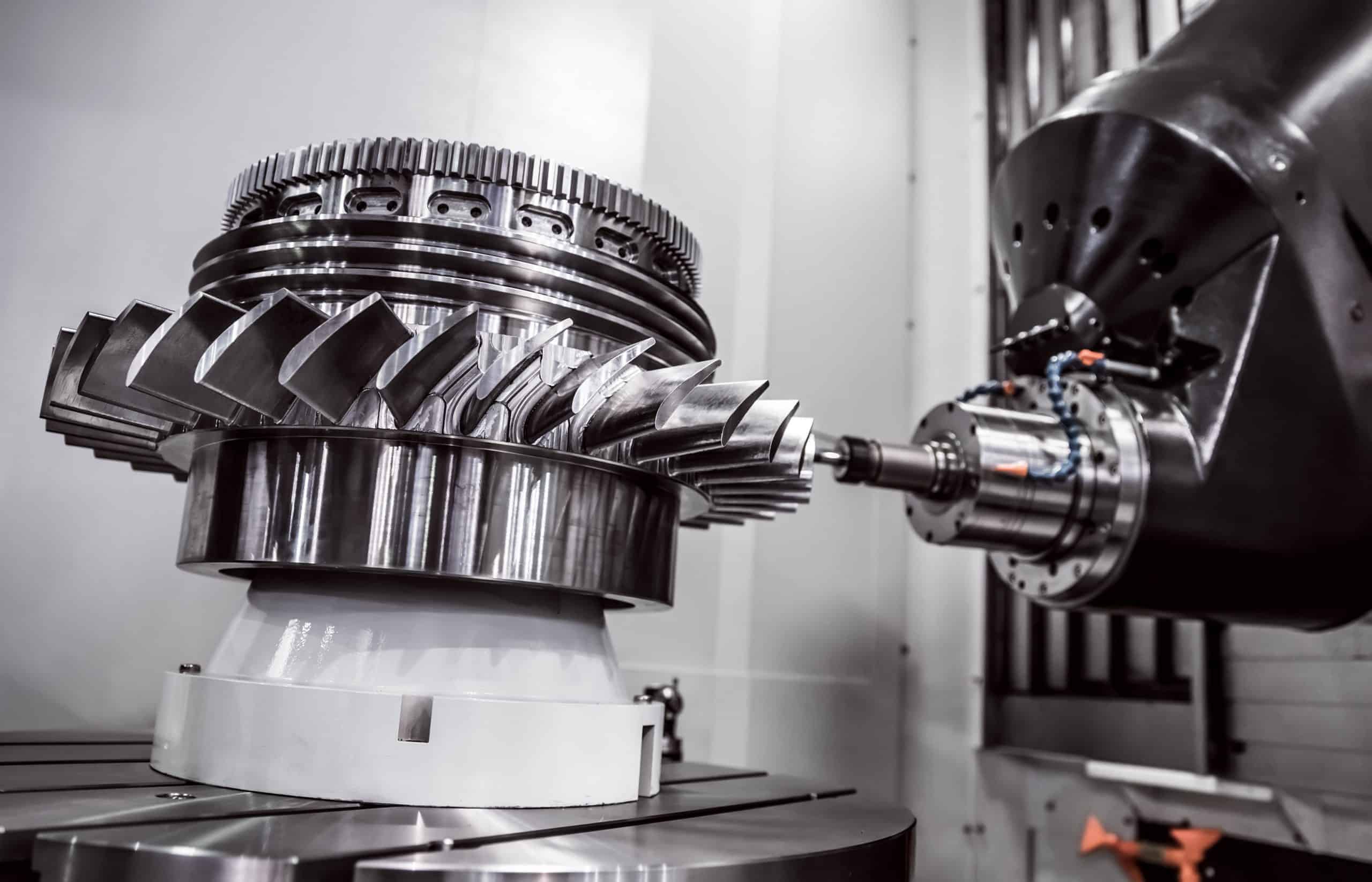

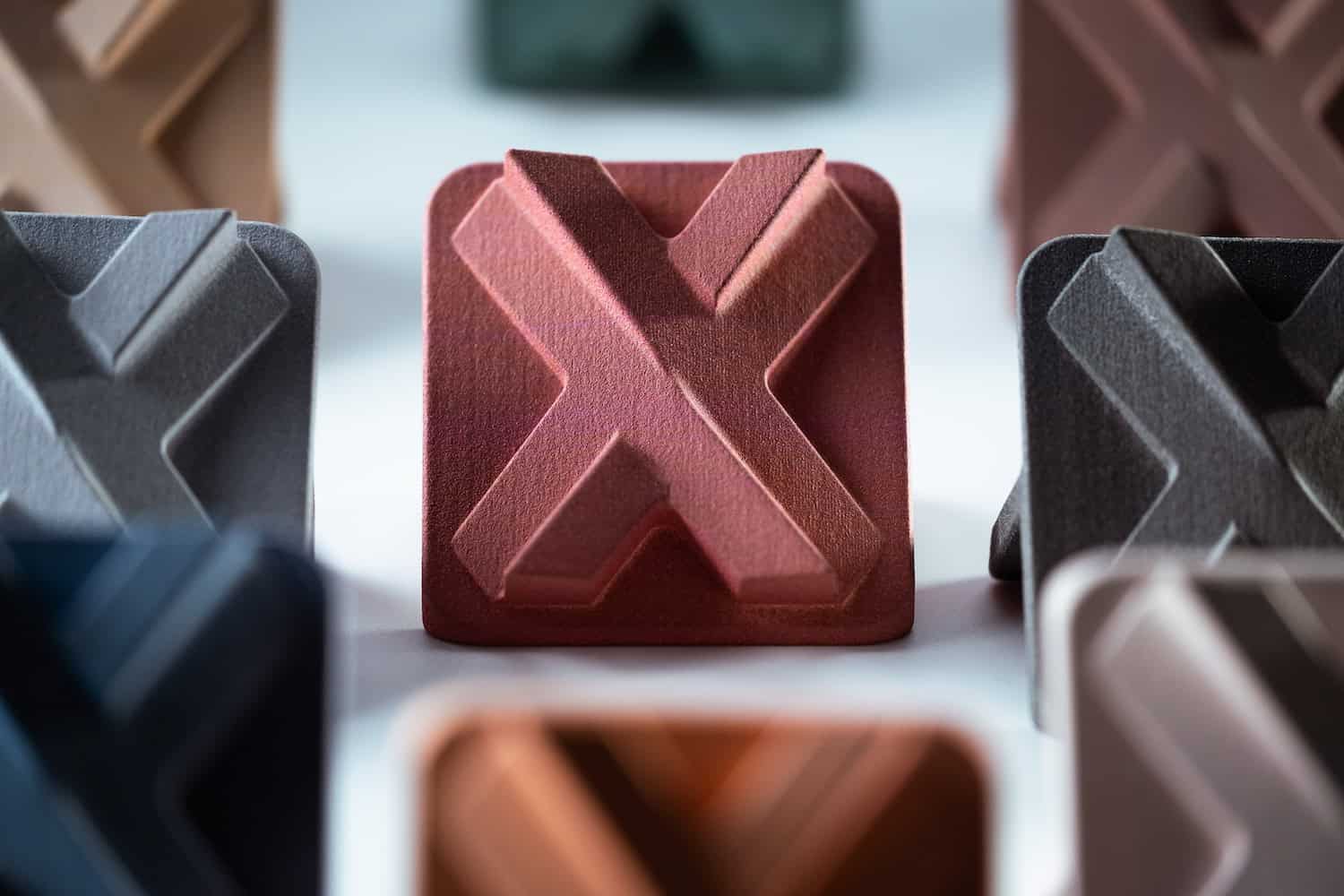
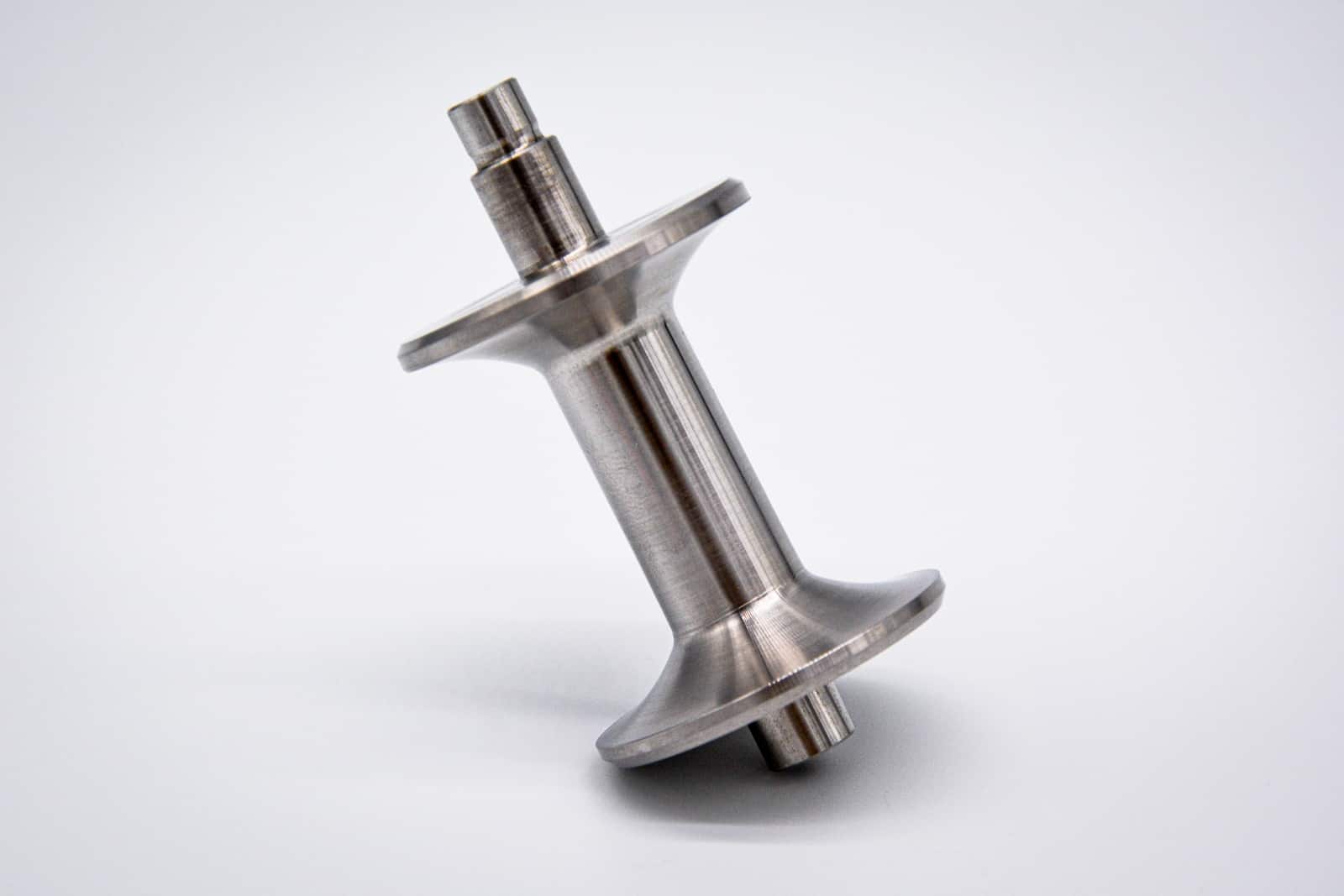
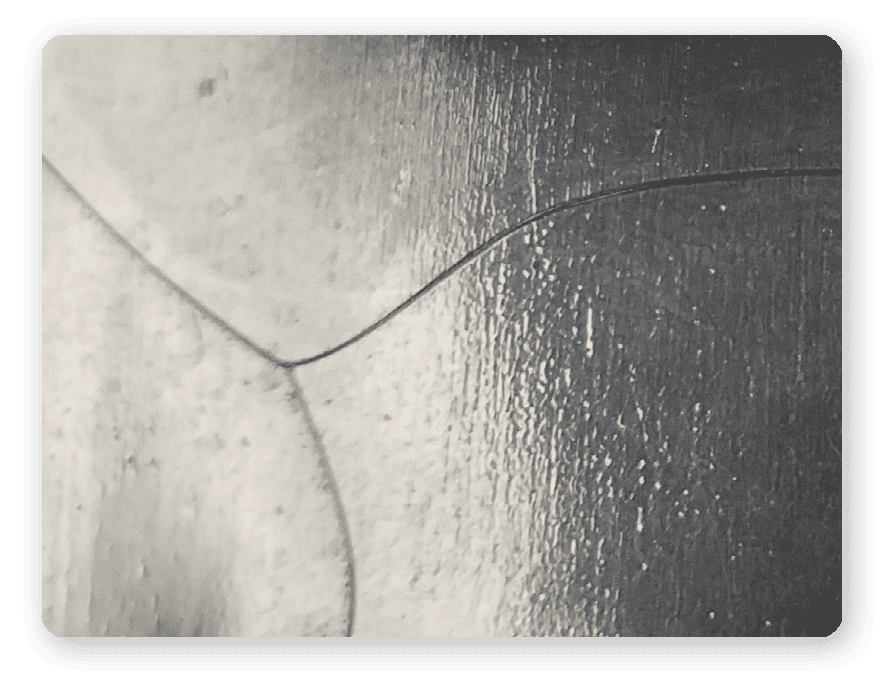
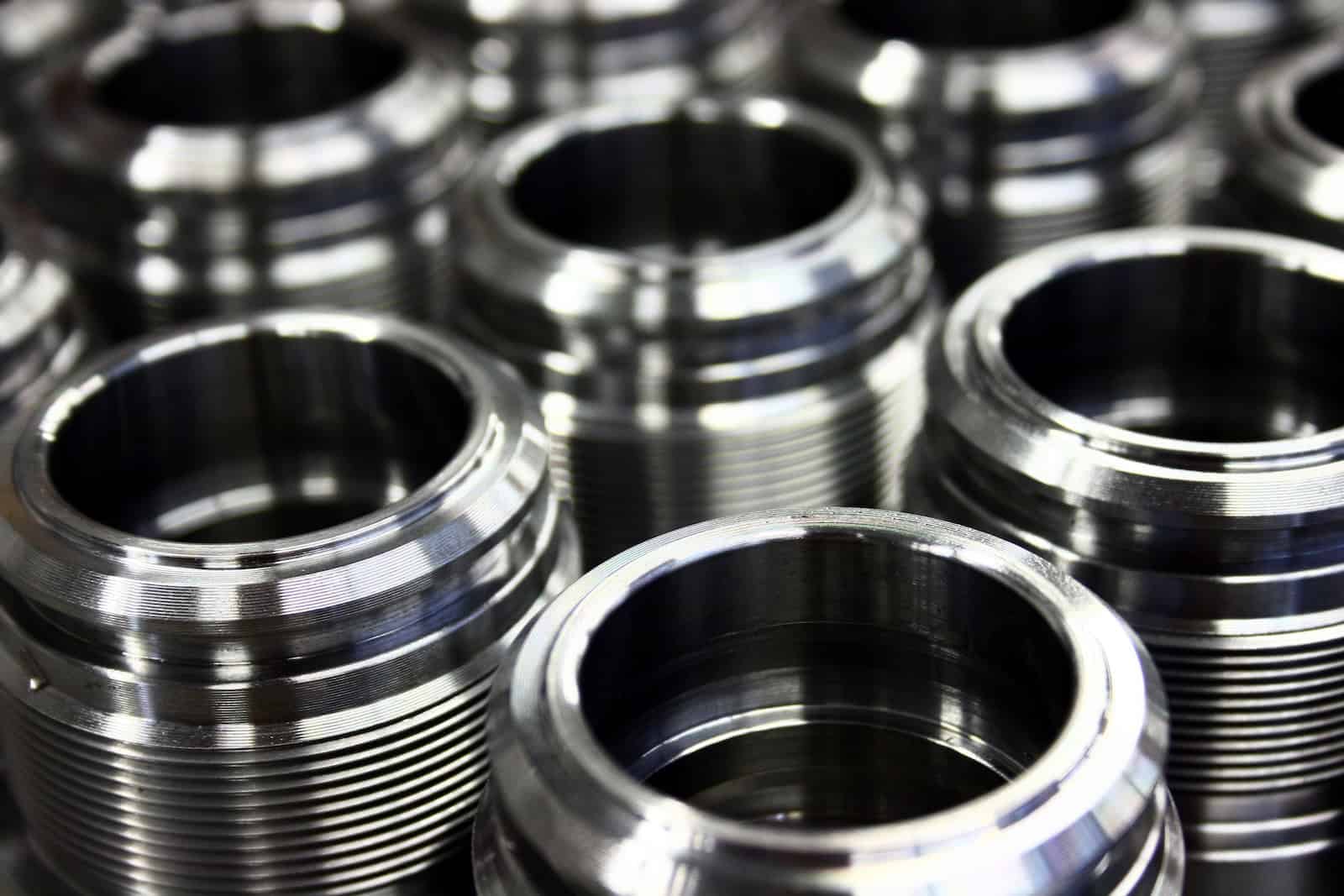



Comment(0)